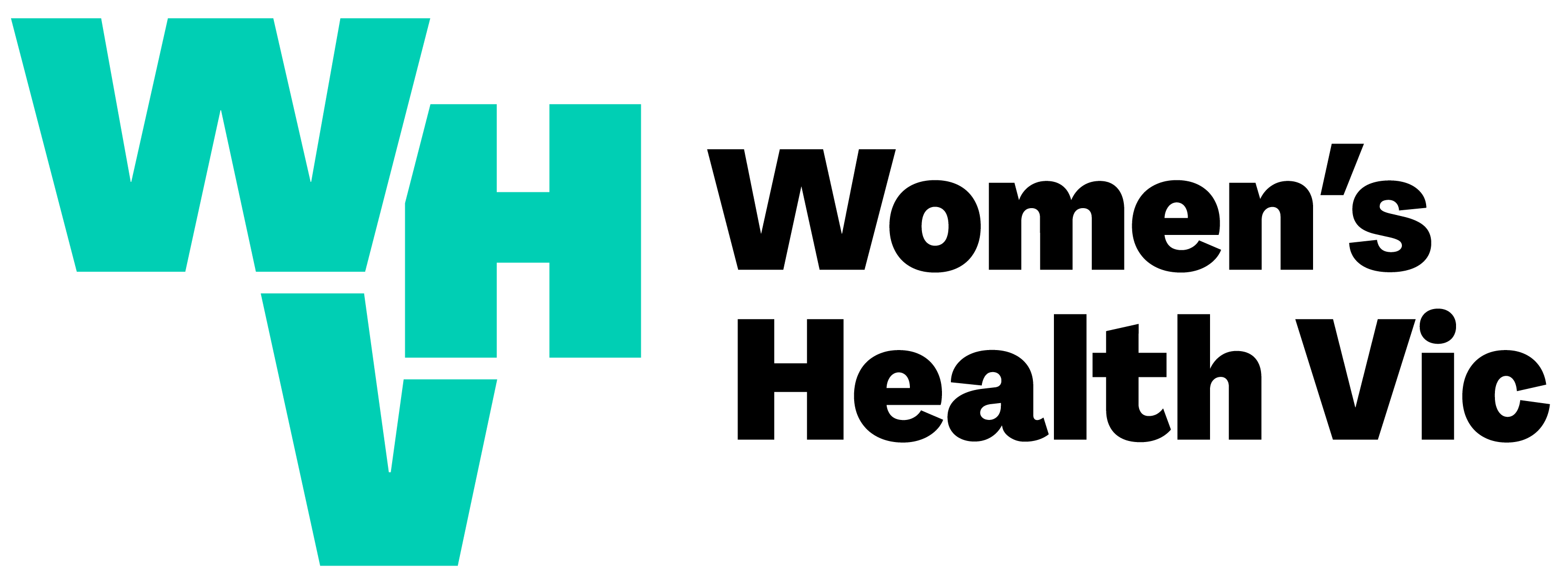Obesity and women
Over half of Australian adult women (56.3%) are overweight or obese, compared with 70.8% of men. This Clearinghouse Connector features free up-to-date resources on women and obesity.
Although a higher percentage of men are above a healthy weight, the obesity rate in women is equal to that of men (27.5% in 2011-12). In younger and mid-age Australian women, there is an overall trend of continuing weight gain and increasing levels of overweight and obesity.
Overweight and obesity prevalence are associated with a wide range of factors including: economic status, age, cultural background, education level, rurality, fresh food supply and availability of green space, however weight patterns for these factors differ by gender. Socioeconomic disadvantage correlates directly with increased overweight or obesity in women, but not in men. Women aged 45 to 54 have the highest obesity rate among Victorian women. Aboriginal and Torres Strait Islander women are 1.7 times more likely to be obese than non-indigenous women.
Obesity is the primary cause of chronic illness in Australian women, and can impact on health at each stage of a woman’s life cycle. Being overweight or obese increases the risk of heart disease, diabetes, and 11 types of cancer including breast, ovarian and endometrial cancer. Obesity in reproductive-aged women negatively impacts on contraception and fertility, and increases the risk of pregnancy complications (particularly gestational diabetes and hypertension) and poorer infant outcomes. Overweight and obese women and girls face stigma, workplace discrimination, and suffer far more than overweight men and boys from eating disorders and body image issues. Obesity is also a barrier to women discussing weight and associated health issues with health providers.
At a population level, strategies to address obesity are now focusing less on individual behaviour change and ideas of self-control, and more on better understanding and modifying the obesity-promoting (obesogenic) environment. The primary prevention of obesity may prove more effective and enduring than secondary prevention (treatment after weight gain has occurred). The success rate of weight loss interventions does not differ greatly between women and men. Both obesity prevention initiatives and weight loss interventions may be more effective if framed and delivered in a gender-specific manner.
There is growing evidence to suggest that health promotion strategies and public health messaging should consider obesity and eating disorders as part of the same continuum, with common risk/protective factors, and common goals (optimal health, nutrition, food habits, and body image). Further research is needed to better understand gendered weight patterns, and the obesity prevention strategies and interventions that are most effective for women. This will provide evidence to inform multi-level action to address overweight and obesity in Australian women.
Women's Health Victoria (2016) Obesity and women. Women's Health Victoria. Melbourne. - (Clearinghouse Connector; Jul 2016)





